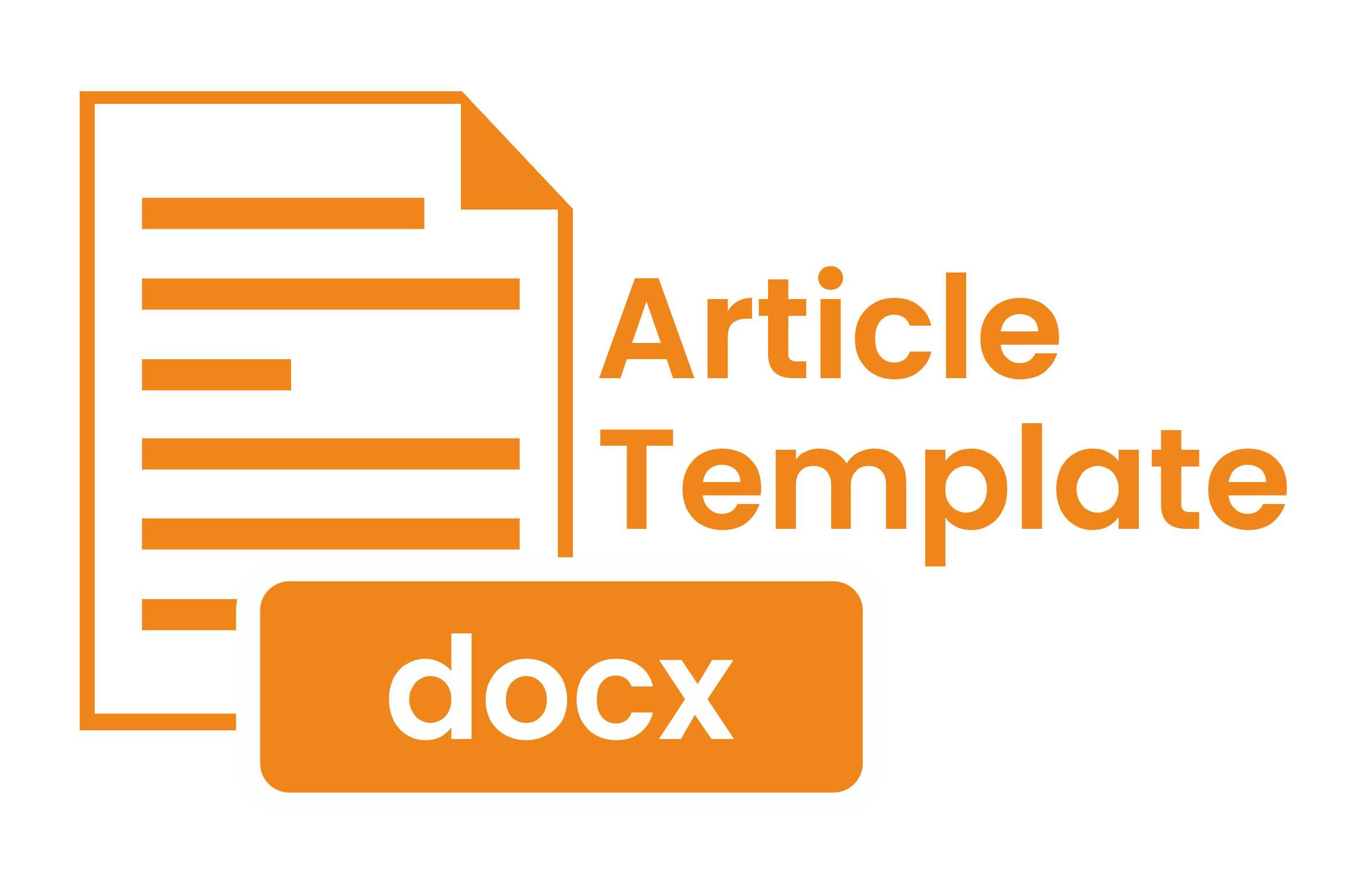Peer Review Process
Manuscript Submission Guidelines
All manuscripts submitted to this journal must adhere to the Focus and Scope and Author Guidelines outlined by the journal. Submissions must demonstrate scientific merit and novelty, aligning with the journal's thematic focus. Manuscripts must be written in clear and grammatically correct English. Authors whose native language is not English are strongly encouraged to utilize professional language editing services to ensure clarity and coherence.
Originality and Plagiarism
Manuscripts must be original and must not have been published previously or be under consideration for publication elsewhere. Authors are required to ensure that their submissions are free from plagiarism. It is mandatory to use plagiarism detection software such as Turnitin or iThenticate to check for similarity. The editorial team will also conduct similarity checks using these tools during the review process. Manuscripts with a similarity index exceeding the journal's acceptable threshold will be rejected or returned for revision.
Peer Review Process
All submissions undergo a rigorous double-blind peer review process. Each manuscript is evaluated by at least two independent expert reviewers who provide constructive feedback to enhance the quality and scientific rigor of the work. In cases where additional expertise is required, a third reviewer may be invited to provide critical comments. The review process is designed to ensure fairness, objectivity, and thoroughness in evaluating the manuscript's contribution to the field.
Editorial Decision
The final decision regarding manuscript acceptance rests with the Editor-in-Chief or Regional (Handling) Editor, in consultation with the Editorial Board when necessary. The decision is based on a comprehensive evaluation of the manuscript, taking into account the reviewers' comments but not solely relying on them. The Editor-in-Chief reserves the right to make the final judgment on the suitability of the manuscript for publication.
Publication Process
Accepted manuscripts are scheduled for publication based on the sequence of acceptance dates, geographical distribution of authors, and alignment with thematic issues. The Editor-in-Chief oversees the final assignment of articles to specific journal issues, ensuring a balanced and diverse representation of research topics and authors.










